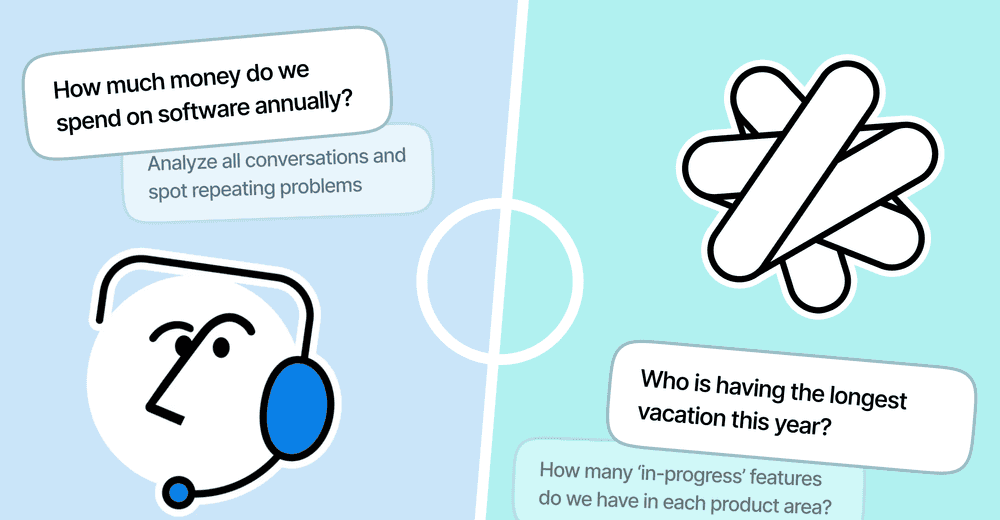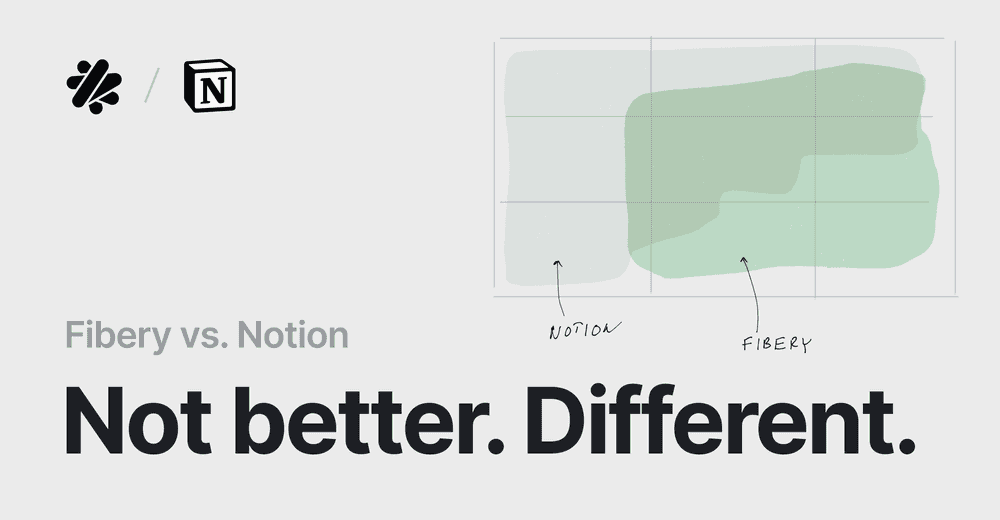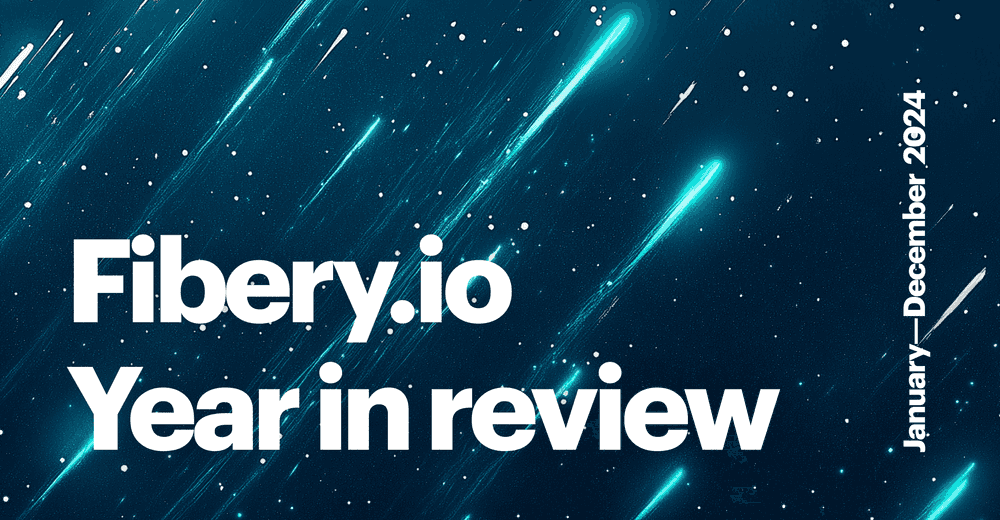Fibery 2.0 — Product Discovery & Development Platform That Answers Your Questions
I’ve been working as a product leader for 20 years already and always had a lot of questions I couldn’t answer clearly:
- What feedback do we have about this problem?
- What are the top 10 most painful problems for our customers with 100+ employees?
- What did specific customers ask for last year and what has been done already?
- What to build next?
The last question is the hardest. I always struggled with it.
Question product leaders can’t answer easily: “What to build next?”
What should we work on next? It is easy when you have no customers, you just build things based on your vision. It is much harder when you have thousands of users and hundreds of customers.
Most product companies have poor prioritization processes. Frameworks like Kano or RICE work as well (or as bad) as your intuition. But when you have clashes between two product managers about priorities, you are going deep into power games. Can we do better? Sure we can!
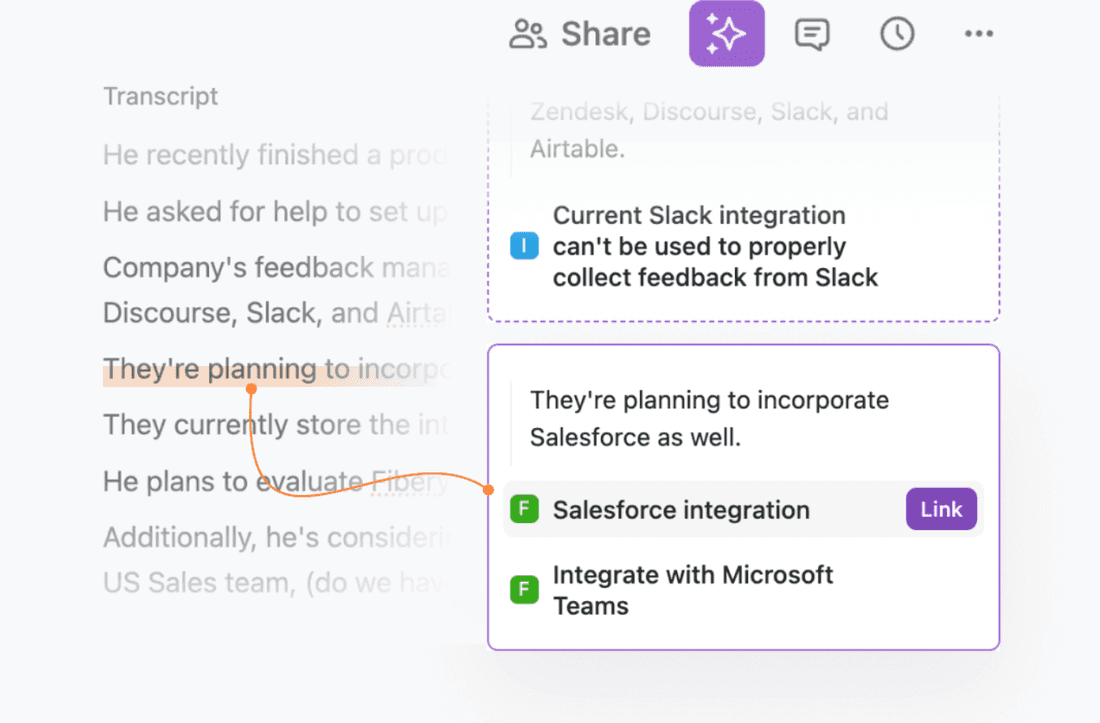
The main idea is simple. We collect feedback about our product from all possible sources, extract facts from the feedback, augment facts with additional information, and make product decisions based on accumulated facts.
While the idea was simple, there were no tools that can handle it. Until now.
How does Fibery 2.0 work?
Fibery fetches your product feedback, extracts facts from it with the help of AI, connects facts to your features or insights, and supports any prioritization scoring system you can invent.
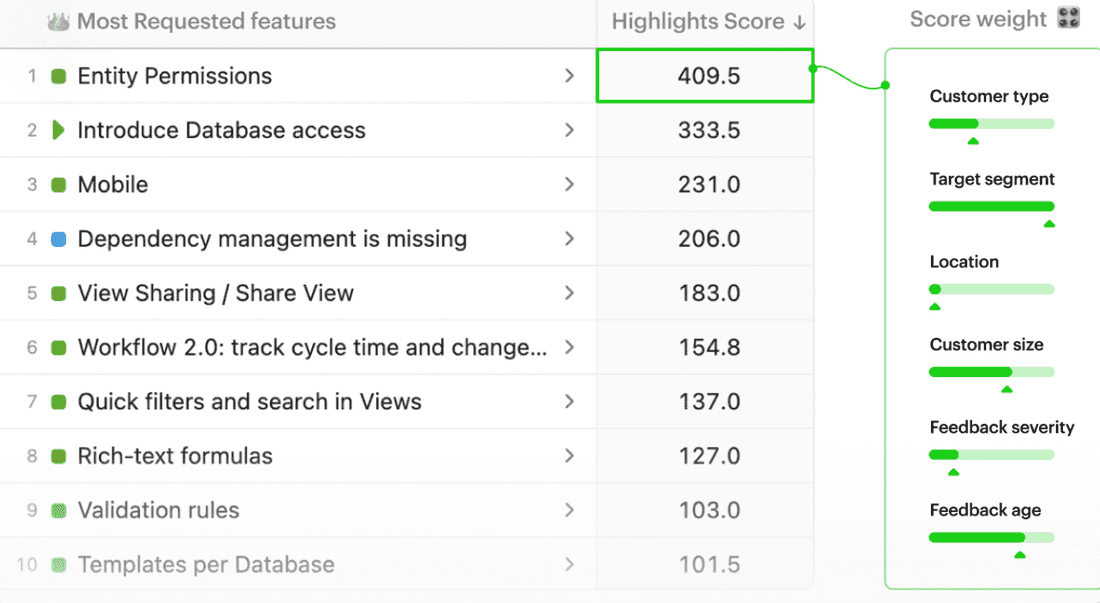
In the end, Fibery answers a lot of important questions you have as a product leader.
How is Fibery different?
There are many tools related to product development on the market. Why is Fibery different?
In short, compared with any horizontal tool like Notion or Airtable, Fibery digs deeper into product development use cases and makes them great and useful. It is impossible to track feedback and build product hierarchies in Notion, it is impossible to write feature specs and prioritize based on feedback in Airtable.
But there are mature tools like Aha! and Productboard. Yes, but they are expensive, rigid, and slow. They dictate to you how to work. Fibery is super-customizable, affordable, and fast.
How should you think about Fibery? Here are some mottos that may resonate with you:
- “Fibery is Productboard on steroids, it can do almost everything Productboard can’t in terms of flexibility and connectivity of information”
- “Fibery = Dovetail + Productboard + Notion + Linear”
- “Fibery is an all-in-one product platform that covers all major use cases: feedback management → backlog prioritization → strategy & roadmaps → execution”
This is what our users are saying:
😄
I’m excited, and I want to share that excitement with my team. I think we’re moving in the right direction.
💪
It seems to me to be a better-functioning Airtable than what we put together for ourselves. Fibery seems to be able to fix every problem we generated there.
I feel like Highlight is a live feature. I can’t put it better. What Airtable has done is just sit there and pile on the garbage and we don’t have a chance to sort it out.
😍
Overall this is f**ing amazing, you just created what Productboard promised, it outperforms due its flexibility.
It all sounds too good to be true, where is the catch?
Fibery is not for everyone. Fibery is for tinkerers who see beyond the status quo and refuse to let their tools limit their thinking. It’s also for those driven by a clear vision who want data-informed insights to guide their decisions, not guesswork. This isn’t just about tweaking a dashboard, it’s about building a system that empowers you to work in a way that unlocks your greatest potential.
And if you are prepared to ditch RICE (and other prioritization frameworks), join my free webinar where I’ll discuss the above in greater length.
Psst... Wanna try Fibery? 👀
Infinitely flexible product discovery & development platform.
